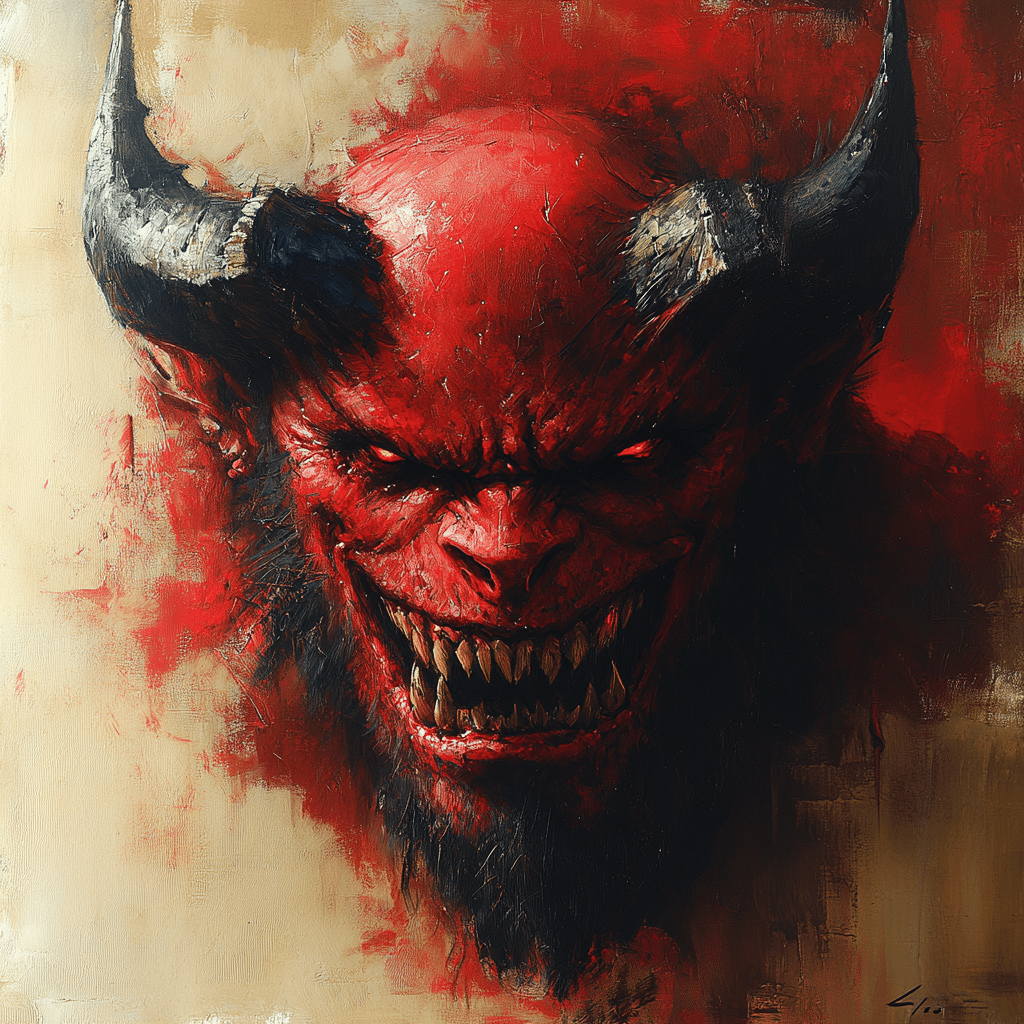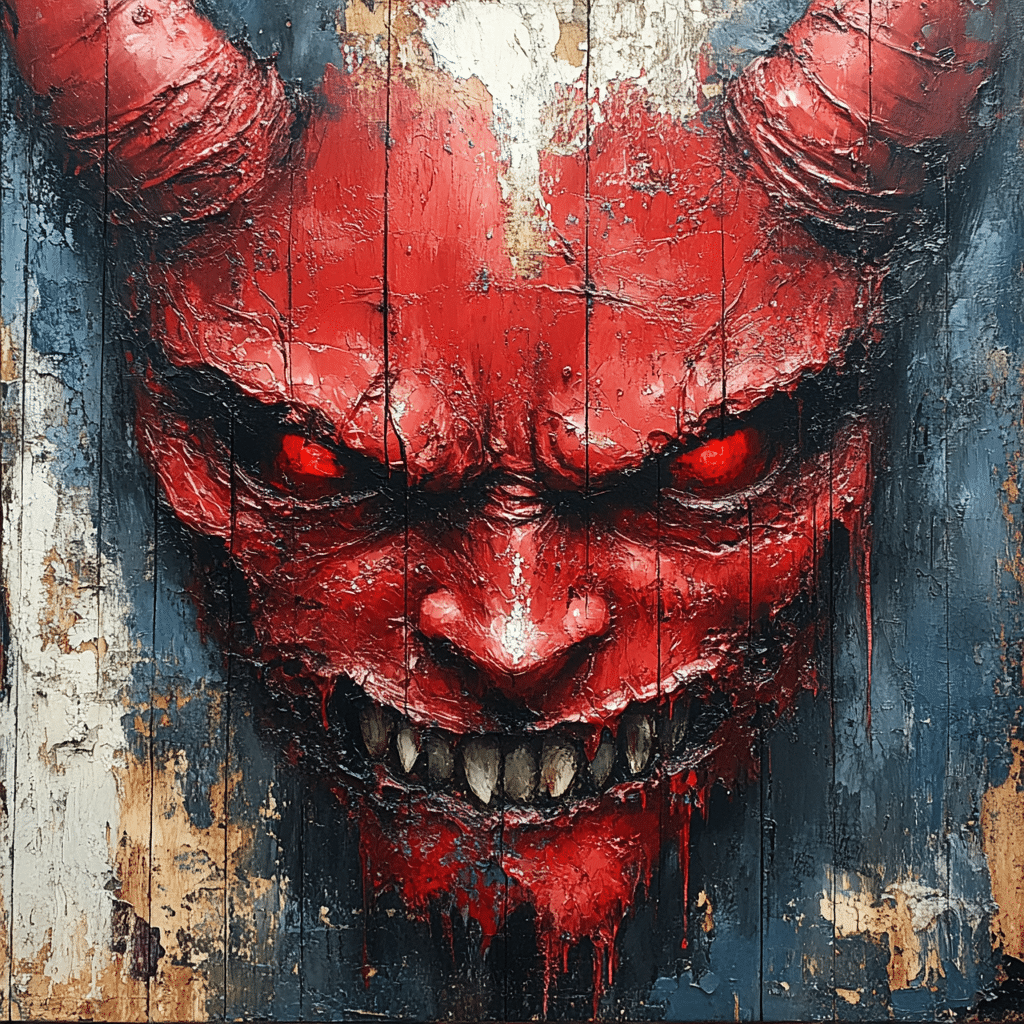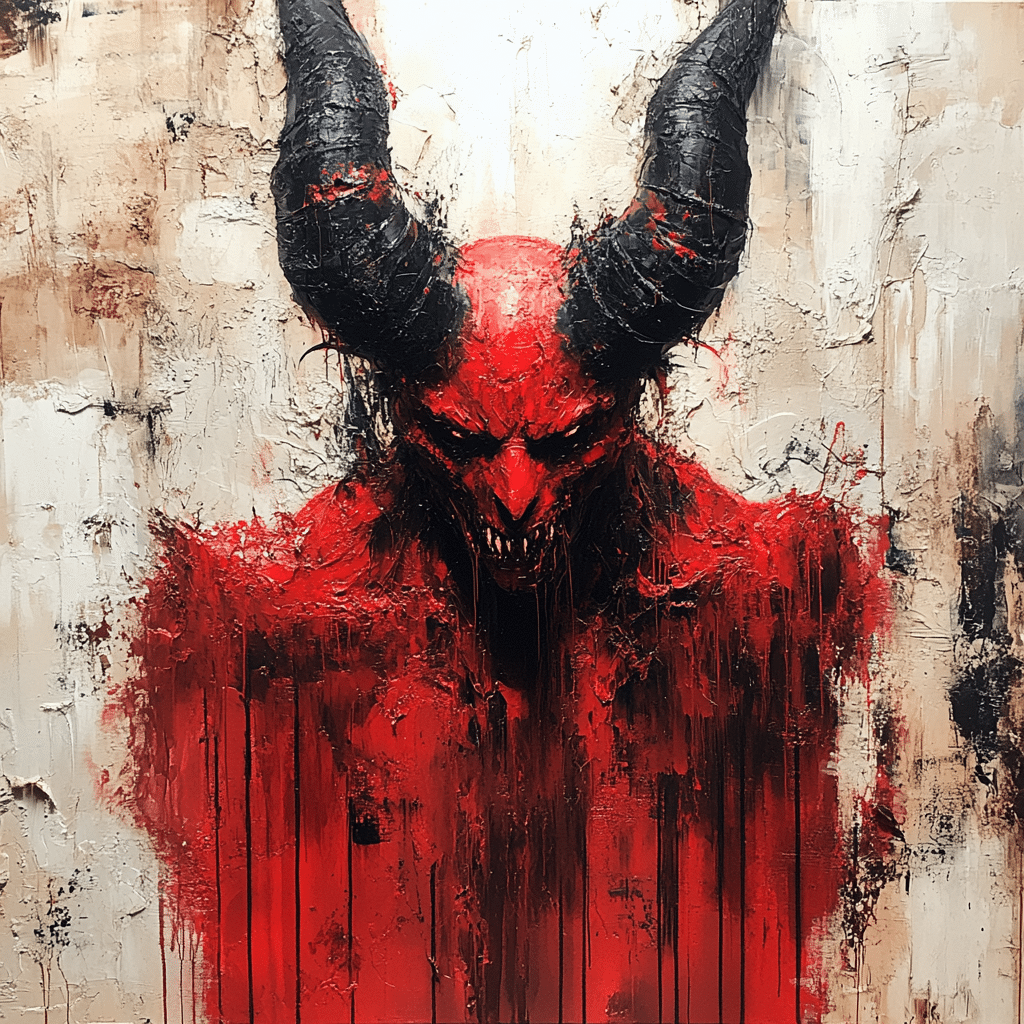
The Red Devil: An Insight into Doxorubicin’s Role in Cancer Treatment
Doxorubicin, affectionately nicknamed “the Red Devil,” is one fierce player in the chemotherapy game. This red-hued medication has carved its niche in the treatment of various cancers, including breast cancer, leukemia, and sarcoma. The name isn’t just about its striking color; it reflects the potent effects and potential drawbacks of the drug. Patients and doctors often find themselves torn between the efficacy shown by doxorubicin and the challenging side effects that can accompany its use. It’s a double-edged sword that demands careful handling.
While doxorubicin has been fundamental in saving lives, it also has a reputation built on the myriad of side effects that can impact a patient’s daily life. These include nausea, hair loss, and even heart issues. As we dive deeper into the world of this “Red Devil,” it becomes essential to understand both the benefits it offers and the challenges it presents.
Doxorubicin isn’t just a last resort; it’s a foundational element in modern cancer treatment regimens. Its varied applications and effectiveness have played a huge role in making strides against cancer. Each day, researchers are seeking innovative ways to combat the downsides while retaining its power.

Top 7 Benefits of Doxorubicin in Cancer Therapy
Doxorubicin has made its mark as a go-to drug in oncology due to a number of compelling benefits. Here are the top seven reasons why this “Red Devil” is crucial in the fight against cancer:
The Side Effects: Managing the Devil’s Downtime
Now, while the “Red Devil” has its merits, it certainly carries a bag of tricks that can be tough to handle. Understanding the side effects that come with doxorubicin is critical for patients and healthcare providers alike. Some of the more common issues include:
To tackle the challenges posed by these side effects, oncology teams are increasingly proactive. By implementing management strategies, healthcare professionals can boost patient adherence to chemotherapy regimens and ultimately improve their quality of life.

Evolving Perspectives: New Research Directions for Doxorubicin
As the medical community continues to unearth new insights about doxorubicin, updated research directions signal a promising future. Here’s a look at some of the exciting areas under investigation:
The Red Devil’s Legacy: A Lasting Impact on Cancer Care
Doxorubicin, the Red Devil, is a symbol of both hope and challenges in cancer treatment. Its effectiveness has reshaped oncology’s landscape, demonstrating both the power and peril of chemotherapy. The combination of solid research foundations and emerging innovations suggests that doxorubicin will remain a player for years to come.
As researchers continue to optimize doxorubicin’s application, we may soon see advances that not only enhance efficacy but also improve tolerability, paving the way for transformed patient experiences. The legacy of this Red Devil isn’t merely a tale of what has been achieved, but also points toward a future filled with potential breakthroughs that could further raise survival rates and improve patient quality of life.
In a field where change is constant, the journey of doxorubicin stands as a reminder of the progress made in cancer therapy. Embracing the future with open arms, the legend of the Red Devil is poised to evolve, striving for a better life for those who grapple with cancer.
Red Devil: A Double-Edged Sword in Cancer Treatment
The Power Behind the Name
Ever heard of Doxorubicin being called “Red Devil”? This nickname comes not just from its striking red color but also its fierce potency in battling cancer. Approved in the 1970s, this chemotherapy drug has played a crucial role in treating various cancers, especially breast cancer, lymphomas, and some sarcomas. With its intimidating title, it’s almost like the infamous Caesar from Planet of the Apes, a character that commands attention and respect. As the Red Devil sits at the frontline, it’s important to remember the significant impact it has had in extending and enriching lives.
Interestingly, the history of Doxorubicin reflects the innovation within medical practices. Before its creation, many patients felt like they’d been annihilated by a near inescapable cycle of suffering and limited hope. This drug has empowered oncologists, providing a fierce weapon in their arsenal. It’s as vital as someone picking the freshest ingredients at a European grocery store, ensuring everything is just right when preparing a plan for treatment.
Side Effects: The Bitter Taste of Victory
While Doxorubicin has been effective, it’s not without its pitfalls. Patients often experience intense side effects, which can feel daunting, akin to the emotional rollercoaster that comes with watching various Kate Micucci Movies And TV Shows. The temporary nature of these difficulties, while disheartening, doesn’t overshadow the drug’s overall success. Finding a balance between battling cancer and ensuring quality of life is essential, just like buyers and sellers navigating the intricacies of the housing market, utilizing a home Affordability Calc to understand the best options.
Moreover, the effects of Doxorubicin can sometimes linger longer than anticipated, prompting ongoing research and studies, much like fans eagerly waiting for news about Ghost Of Tsushima 2. This collaboration between science and resolve has the potential to yield groundbreaking advancements in cancer treatment, offering renewed hope for countless patients. The journey continues, but as we delve deeper into alternative therapies and improved formulations, there’s growing optimism that the future of cancer treatments might just be on the horizon.

What is a Red Devil?
A Red Devil can refer to two main things: a barbiturate called secobarbital, which is used for sedation and treating seizures, and the chemotherapy drug doxorubicin, which is nicknamed “red devil” due to its deep red color and strong side effects.
What is Red Devil slang for?
In slang, “Red Devil” can refer to doxorubicin in the context of cancer treatment, highlighting its notoriety among chemotherapy drugs for its effectiveness and severe side effects.
Is Red Devil chemo a last resort?
Red Devil chemo is not just a last resort; it’s a crucial part of many cancer treatment plans because it works well against various types of cancer.
What kind of drug is a Red Devil?
Red Devil is a type of chemotherapy drug known as doxorubicin, which targets cancer cells but comes with a range of potentially serious side effects.
What is the harshest chemo drug?
The harshest chemo drug is often considered to be can’t be pinpointed to just one, as it varies by individual cases, but medications like cisplatin and doxorubicin are known for their severe side effects.
Who are called Red Devils?
In the military, “Red Devils” often refers to paratroopers in the British Army, specifically those who belong to the 2nd Battalion, Parachute Regiment.
What are Red Devils in military?
Red Devils in the military are elite soldiers known for their parachuting skills, embodying bravery and a unique set of tactics.
What is the Red Devil motto?
The Red Devil motto is “The Few, The Proud,” which emphasizes the elite status and capabilities of these trained soldiers.
What is the other name for Red Devil?
Another name for Red Devil, especially in the context of chemotherapy, is doxorubicin or its brand name, Adriamycin.
What cancers use red devil chemo?
Red Devil chemo is commonly used to treat cancers like breast cancer, lung cancer, and certain types of leukemia, among others.
Do you lose your hair with Red Devil Chemo?
Hair loss is a common side effect of Red Devil chemo, as it affects rapidly dividing cells, including hair follicles.
What is chemo belly?
Chemo belly refers to bloating and discomfort that many patients feel during chemotherapy, often due to the drug’s effects on the digestive system.
What is the 3 cocktail chemo?
The 3 cocktail chemo typically refers to a combination of three different chemotherapy agents tailored to specific cancers, often improving treatment effectiveness.
What is the strongest chemo pill?
The strongest chemo pill can vary, but some of the more potent options include temozolomide and capecitabine, depending on the cancer type.
What is the most toxic chemotherapy regimen?
The most toxic chemotherapy regimen often includes a combination of drugs, but certain regimens containing doxorubicin or cyclophosphamide can be particularly harsh due to their side effects.
What drug was known as the Red Devil in the 1970’s?
In the 1970s, the term “Red Devil” was often associated with the chemotherapy drug doxorubicin, which gained a reputation for its intense side effects.
What is the Red Devil used for?
The Red Devil is used primarily for treating various types of cancer, helping shrink tumors and improve outcomes for patients.
What are Red Devils in military?
In the military context, Red Devils refer to highly trained paratroopers renowned for their skills and courage in aerial combat scenarios.
Where did the term Red Devil come from?
The term Red Devil likely comes from the vivid red color of doxorubicin, which stands out in the context of medical treatment and its potent nature.












